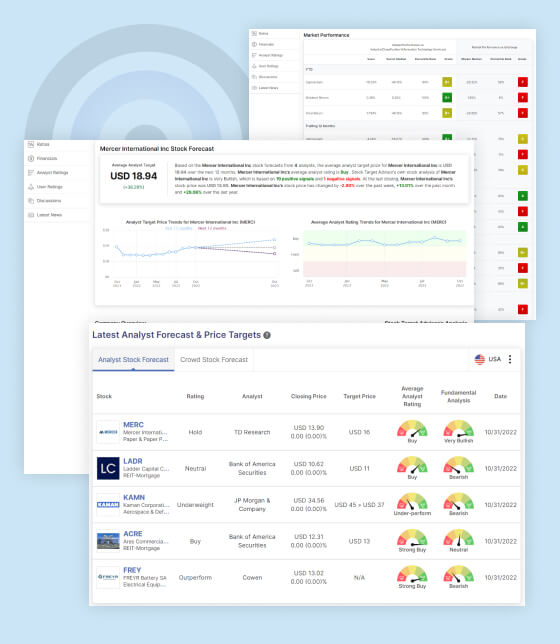Financial challenges can feel overwhelming, but they also present opportunities to rethink your approach to money, whether your challenge is dealing with rising costs, market volatility, or unexpected expenses. The key is to make informed decisions, focus on long-term growth, and build a plan that fits your financial situation.
Thus, this guide explores practical and effective strategies you can implement today to take control of your financial future. Let’s dive in!
Effective Ways to Navigate Financial Uncertainty Through Strategic Investing:
1. Build an Emergency Fund Alongside Investments:
Building an emergency fund is an essential step in achieving financial stability. It provides a safety net for unexpected expenses like medical bills, car repairs, or temporary job loss.
An emergency fund works hand-in-hand with your investment strategy. While your investments aim to grow your wealth over time, an emergency fund protects that growth by reducing the need to dip into your portfolio unexpectedly. It helps you avoid the double hit of selling assets during a market downturn and incurring potential penalties or taxes for early withdrawals.
To determine the ideal size of your emergency fund, consider factors like your monthly expenses, job security, and financial responsibilities. A good rule of thumb is to save money to cover three to six months of essential living expenses. Aim for a larger cushion if your income is irregular. You can automate contributions to a high-yield savings account. Even setting aside a modest amount each month can add up over time.
If you’re facing challenges like debts, look into available support for financial difficulties to help you free up funds to build your emergency savings. For instance, you can explore debt consolidation programs or work with credit counseling services to reduce monthly payments.
2. Diversify Your Investment Portfolio:
Diversification is a cornerstone of successful investing. By spreading your investments across various asset classes, you reduce the risk of significant losses if one area underperforms. Diversification works because different assets react differently to market conditions, helping to balance overall performance. For example, if stocks experience a downturn, bonds or real estate investments might remain stable or even increase in value, offsetting potential losses.
Practical diversification can include investments in stocks, bonds, real estate, and alternative assets like commodities or cryptocurrencies. When building your portfolio, consider how much risk you can handle and the potential returns. For example, younger investors, who typically have more time to recover from market fluctuations, often prioritize high-growth assets like stocks to maximize long-term gains.
In contrast, individuals nearing retirement focus on safer investments, such as bonds, to protect their wealth and ensure stability as they approach their financial goals. Regularly review and rebalance your portfolio to align with your financial goals and market conditions.
3. Focus on low-cost index funds and ETFs:
Index funds and exchange-traded funds (ETFs) are excellent options for cost-effective investing. These funds track market indices like the S&P 500 and provide broad exposure to several assets. Their primary advantage lies in low management fees, which means more of your money stays invested and working toward your financial goals.
Lower costs translate to higher returns over time, especially when compound. To maximize benefits, focus on funds with a long track record of stability and growth.
4. Invest in Education and Skill Development:
Investing in yourself is one of the most rewarding financial strategies. Enhancing your skills can lead to better career opportunities, promotions, or higher income potential.
Educational investments include professional certifications, online courses, and workshops. For example, certification in project management, data analysis, or coding can open doors to high-demand roles. Online platforms offer flexible learning opportunities tailored to your schedule.
When considering educational investments, evaluate the potential return on investment (ROI). Research how the new skill or qualification could increase your earning potential or improve job security. Allocate time and resources wisely, focusing on areas with a strong demand for expertise.
5. Leverage tax-advantaged accounts:
Tax-advantaged accounts are powerful tools for saving and investing efficiently. Accounts like 401(k)s, IRAs, and HSAs (Health Savings Accounts) offer tax benefits that can significantly enhance your financial growth. For instance, contributions to a 401(k) or traditional IRA may be tax-deductible, reducing your taxable income today, while Roth accounts grow tax-free, benefiting your future withdrawals.
To maximize these benefits, aim to contribute enough to gain from employer matches. Gradually increase your contributions, especially during raises or windfalls, to reach annual limits.
6. Adopt a Dollar-Cost Averaging Strategy:
Dollar-cost averaging (DCA) is a disciplined investment approach where you invest a fixed amount regularly, regardless of market conditions. This method reduces the emotional aspect of investing and minimizes the risks of market timing. Using this strategy, you buy more shares when prices are low and fewer when prices are high, lowering your average cost over time.
To implement DCA effectively, set up automated contributions to your investment accounts. Consistency is key—stick to your schedule, whether markets are up or down. This strategy works best when paired with a well-diversified portfolio.
7. Explore Alternative Investments:
Alternative investments offer unique opportunities to diversify and potentially boost returns. These include peer-to-peer lending, REITs, commodities, or even cryptocurrency. They often operate independently of traditional markets, providing a hedge against volatility in stocks or bonds.
For example, peer-to-peer lending allows you to earn interest by lending directly to individuals or small businesses. In addition, REITs expose you to real estate investments without owning physical property.
However, alternative investments also have risks, including less liquidity and higher complexity. Therefore, conduct thorough research or consult financial advisors.
Conclusion:
A strong financial plan begins with diversifying your portfolio to reduce risk and provide stability in uncertain times. To enhance this stability, low-cost index funds and ETFs offer an efficient way to grow your wealth, ensuring your investments work harder for you.
As your investments grow, improving your skills can further amplify your financial position by unlocking higher income opportunities and supporting your long-term goals. You can also consider tax-advantaged accounts to help you save more effectively for the future while easing the burden of taxable income. Together, these strategies create a strong, adaptable foundation for financial success.

Stock Target Advisor is an independent Investment Research company that specializes in stock forecasting and analysis with integrated AI.




























